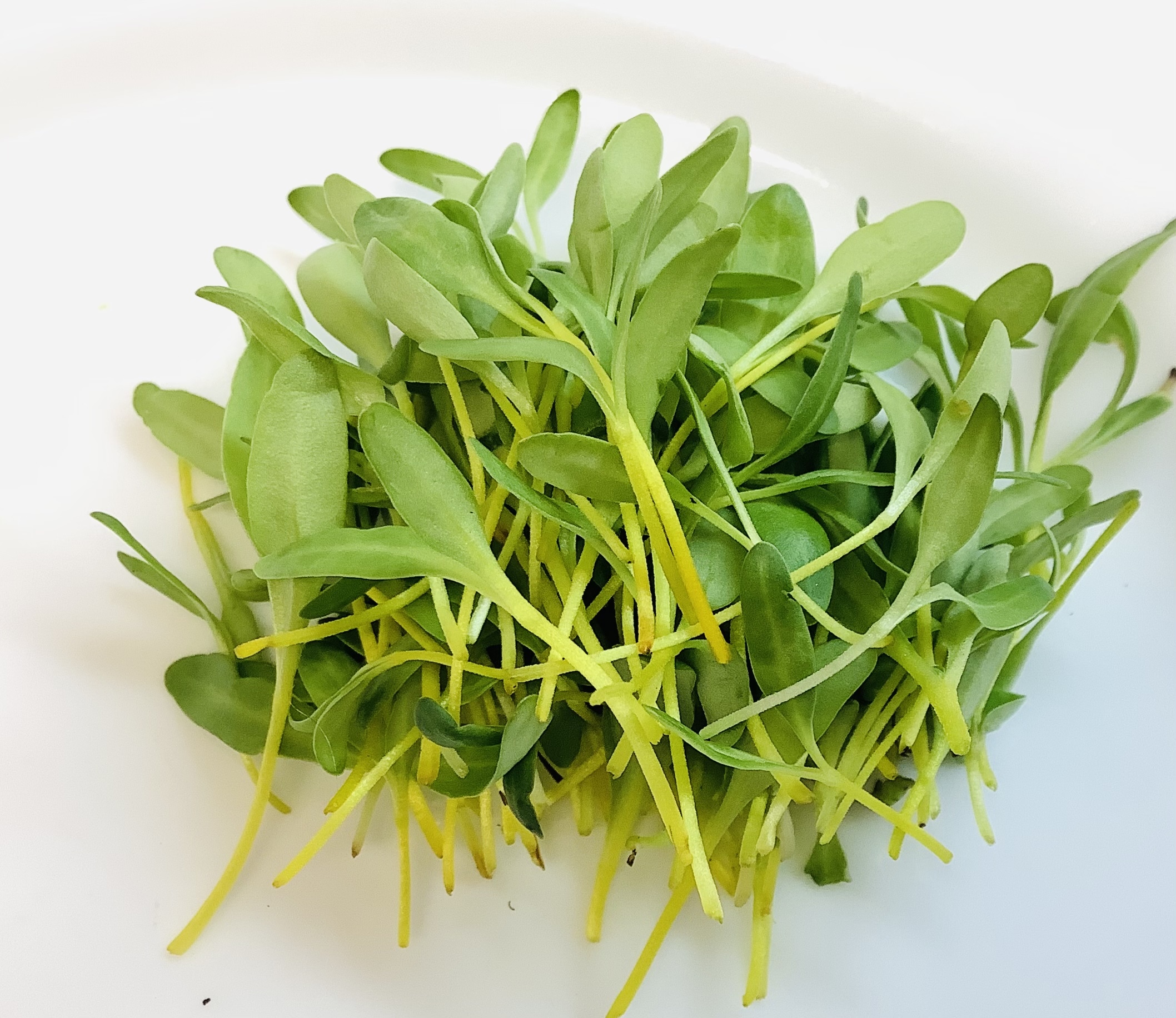Free shipping on orders $40 or more within Canada! Free shipping on orders $100 or more to the US!
*does not apply to wholesale/bulk orders. (Actual rates calculated at checkout.)
Swiss Chard, Yellow
$102.82
Soak the seeds for 6-12 hours. Rinse and drain the seeds well.Prepare enough moisture into your soil ahead of timeSoak with hot water 50C/125F let it cool down Soak 4-10 hrs. Drain soak water. rinse Sow the soaked seed on the soil. About 1 seed beside each other 60-70g per 10×20 flat (3/4 cup plus 1 tablespoon)Soak the seeds -start with hot water 50C/125F let it cool down Rinse and drain the seeds well.Sprinkle the soaked seeds over the moistened soil in a tray, and press them gently into the loose soil. Cover loosely with a clean towel, unbleached paper towel, plastic, or a thin layer of soil to maintain humidity. stack an empty tray on top of the towel/plastic. put weight in the empty tray. This wt help root the seeds into the soil check daily to determine the moistureAfter the seeds begin to germinate (4-6 days), you can remove the towel/plastic and continue spritzing the seed twice daily until it reaches desired height.Average days to germinate: 4-6 days (before you start to see anything growing)Growing tips: Adding a tsp of liquid kelp to the water is beneficial.Make sure this large seed is completely covered so it stays moist. To obtain great germination, keep your seeds at a steady temperature (70F).After germination, avoid keeping the soil too moist.Harvesting tips: If most of the seedlings still have seed hulls attached to their leaves, wait a few more days to harvest; mist the leaf canopy couple of times and place plastic sheet over top. Hulls should pull off and release easier. Feature the bright stem of the seed by cutting close to the soil.



There are no reviews yet.